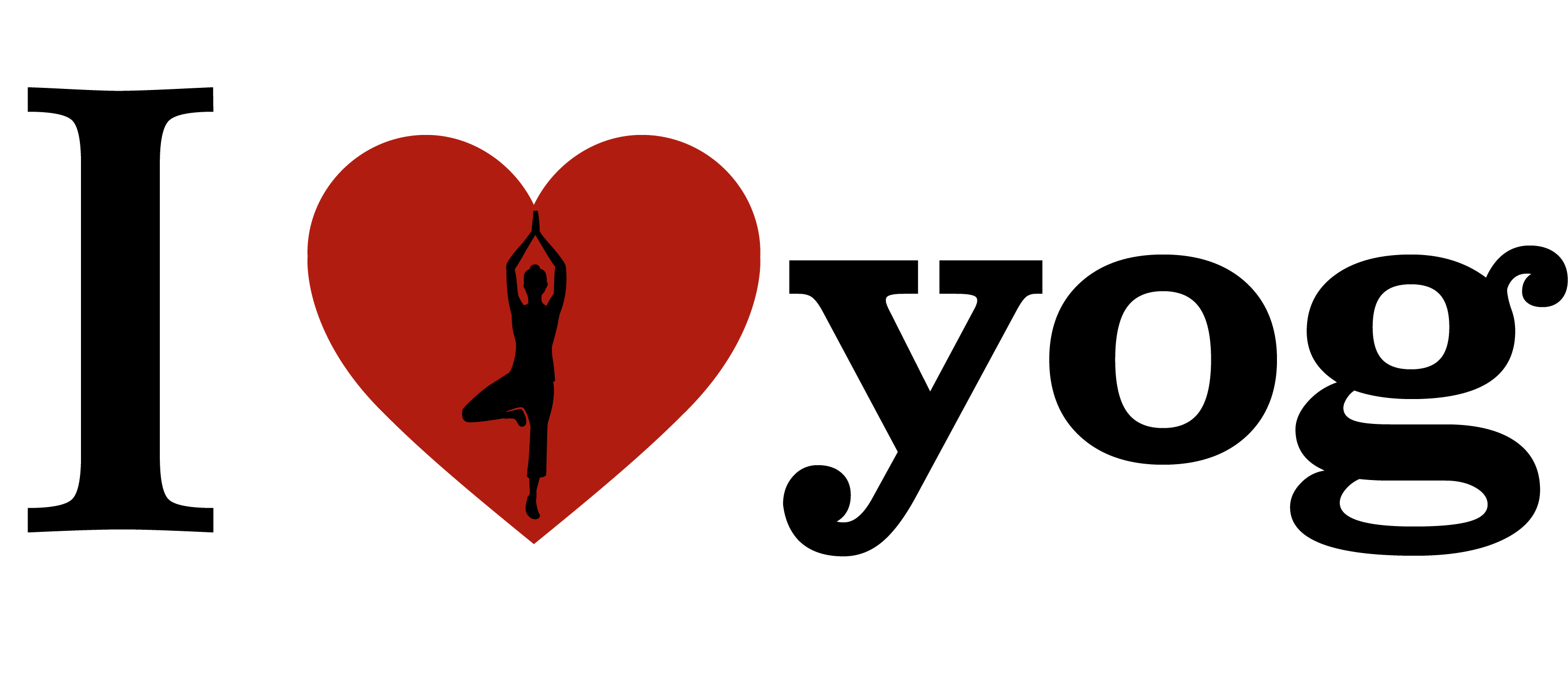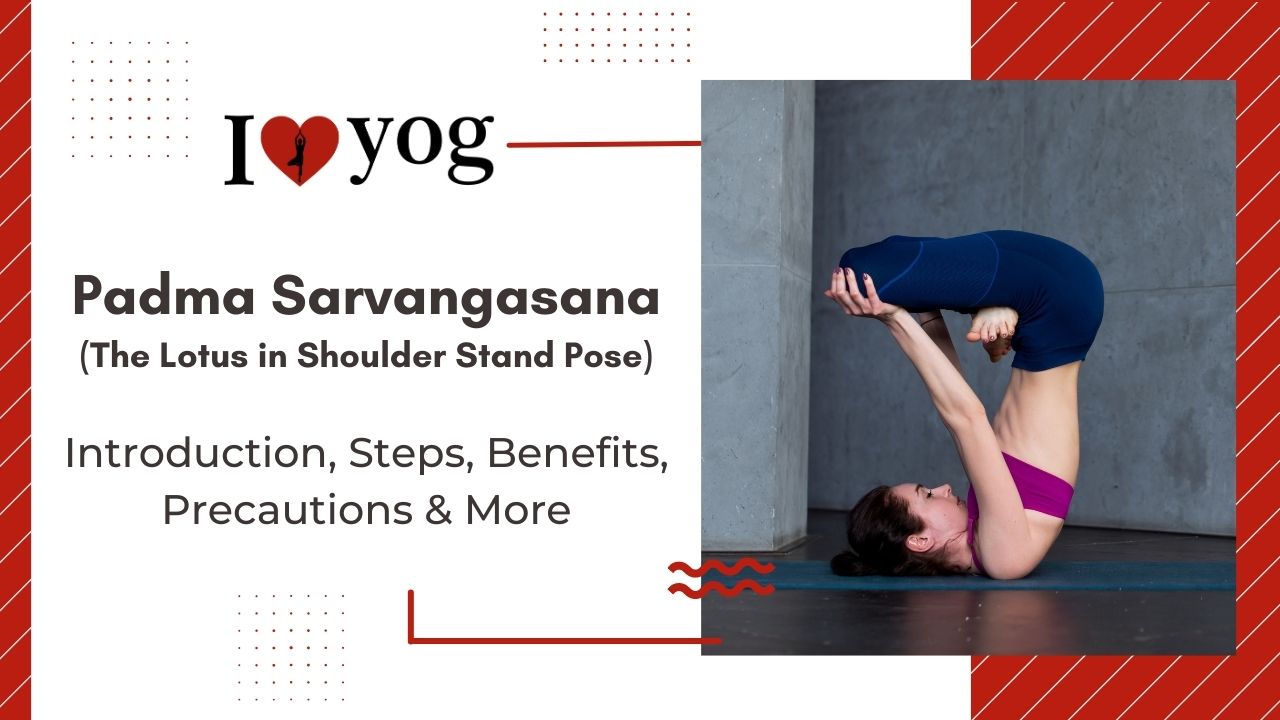What You Must Know Prior to Performing Padma Sarvangasana?
The pose should be performed on an empty stomach in the morning.
Even if it is practiced in the evening or at any other time of day, the stomach should be empty, as should the bladder and bowel.
If it is practiced at any time other than early in the morning, the practitioner should eat 4-6 hours before practice. This will ensure that the stomach is empty by the time the individual assumes the posture, and the energy obtained from the food will aid in performing the pose with ease.
- Yogasana Level – advanced
- Yogasana Style – seated
- Yogasana Repetitions – repeatable after one minute.
- Yogasana Strengthens – strengthens the neck, back, and shoulder muscles.
- Yogasana Stretches – Stretches the shoulder, neck, leg, and hip muscles.
Padma Sarvangasana’s effect on Tri dosha
It balances the vata dosha
How To Do Padma Sarvangasana?
- Lie on your back on a yoga mat. Engage your core and legs.
- Begin to roll your legs up towards the ceiling while maintaining their engagement and pointing your toes towards the ceiling.
- Raise your hips and lower back off the mat while pointing your toes toward the rear of the room. Utilize your arms to support your lower back and keep your hips upright.
- Now assume Lotus Pose inverted. Hold this position for up to one minute, then uncross your legs and roll your torso down slowly to leave the pose.
Benefits Of Padma Sarvangasana?
- Padma Sarvangasana increases blood flow to the brain and flushes out accumulated toxins in the body, resulting in a radiant complexion.
- The Lotus in Shoulder Stand Pose also aids in the drainage of extra blood and lymph from the legs.
- The Pose promotes the health of the uterus and ovaries, hence enhancing the health of the female reproductive system.
- While doing Padma Sarvangasana or The Lotus in Shoulder Stand Pose, do not overexert yourself. You should not exceed your limitations. Only travel as far as your body will allow.
- Those with chronic back problems should not perform The Lotus in Shoulder Stand Pose.
- It is most advantageous to be conscious of the muscular strains while holding the pose.
- Therefore, maintain constant awareness while performing Padma Sarvangasana or The Lotus in Shoulder Stand Pose.
- Due to the inversion, Padma Sarvangasana or The Lotus in Shoulder Stand Pose delivers more nourishment to the face, ears, eyes, nose, throat, and lungs.
- Padma Sarvangasana strengthens the muscles of the neck, back, and shoulders.
- It is good for patients suffering from thyroid issues.
- With frequent practice, the Lotus in Shoulder Stand Pose improves the alignment of the spine, stimulates the stomach organs, and relieves flatulence and acid reflux. It also increases focus and memory.
- Regular practice of Padma Sarvangasana or The Lotus in Shoulder Stand Pose alleviates constipation. It alleviates back pain.
- Lotus in Shoulder Stand Pose elongates the spine and stretches the shoulders.
- Padma Sarvangasana or The Lotus in Shoulder Stand Position aids in balancing the mind, develops concentration power, promotes greater awareness of the unconscious regions, and produces rapid physical and mental relaxation. Regular practice of this pose improves mental clarity and precision.
- Padma Sarvangasana or The Lotus in Shoulder Stand Pose refreshes, rejuvenates, and alleviates tension and moderate depression.
- The Lotus in Shoulder Stand Pose makes the body supple and tones the core muscles. Regular practice also aids in minimizing respiratory diseases.
What Are the Contraindications and Warnings for Padma Sarvangasana?
- Pregnant women should avoid Padma Sarvangasana, or The Lotus in Shoulder Stand Pose, as it imposes a great deal of abdominal pressure.
- Menstruating women should not perform Padma Sarvangasana or The Lotus in Shoulder Stand Pose.
- Those who have difficulties or pain in their neck or back, or who have just undergone surgery to their neck or back, should not practice The Lotus in Shoulder Stand Pose.
- Consult a physician before performing Padma Sarvangasana, or The Lotus in Shoulder Stand Pose, if you have any concerns about your health, and always practice asana under the supervision of a certified yoga instructor to avoid injury.
- While practising Padma Sarvangasana or The Lotus in Shoulder Stand Pose, avoid overexerting yourself.
- Do not exceed your body’s limits; only go as far as your body will allow.
- Those with chronic back problems should not perform The Lotus in Shoulder Stand Pose.
- It is most advantageous to be conscious of the muscular strains while holding the pose.
- Therefore, maintain constant awareness while performing Padma Sarvangasana or The Lotus in Shoulder Stand Pose.
- The Lotus in Shoulder Stand Pose should not be performed after a heavy meal.
- Padma Sarvangasana should not be practiced by those with chronic headaches or migraines, diarrhoea, or a herniated disc.
- Individuals with a brain injury or any form of brain disorder should not perform Padma Sarvangasana.
- People with high blood pressure should not exercise either. Padma Sarvangasana, also known as The Lotus Pose.
Science Behind Padma Sarvangasana
Padma sarvangasana stimulates the circulatory and respiratory systems. This reduces weariness while also calming the mind. These soothing effects are believed to be beneficial for persons with sleeplessness, stress, or moderate depression.
Padma sarvangasana is related with the throat chakra (visuddha). This position can activate and balance this energy center, leading to enhanced communication and imagination. Bringing attention and concentration to the throat chakra while practising this pose might enhance these advantages. To evenly activate the energy, padmasana should be practiced on both sides, alternating the leg on top.
Beginners Tips For Padma Sarvangasana
- To balance your body when performing Padma Sarvangasana, also known as The Lotus in Shoulder Stand Pose, you can place your hands on your legs just above the knees. During this action, your fingers will be directed inwards towards your body.
- Please note that the vertebra should not be weighted and should not bear your complete body and leg weight. The body’s weight should be distributed evenly between the shoulders and the nape of the neck.
- If you experience any severe discomfort while doing Padma Sarvangasana, or The Lotus in Shoulder Stand Pose, immediately release the pose and lie in Shavasana.
- You must prepare your body for Lotus in Shoulder Stand Pose by performing the necessary stretches and maneuvers. You should also know your body’s limits and how much pain and stretch it can withstand. If the stretch and agony become unbearable, you should quickly exit the posture and rest in a relaxation pose such as Shavasana.
- Padma Sarvangasana, also known as The Lotus in Shoulder Stand Pose, is a challenging pose that must be done with consistent effort and under the supervision of a certified Yoga Expert.
When practising Padma Sarvangasana, or The Lotus in Shoulder Stand Pose, it is crucial that the stomach be empty and the bowels are clean. And always leave at least four to six hours between your Yogasana practice and lunch, as this will allow you to digest the food and generate sufficient energy and vigor for the practice. Yogasanas should be performed in the morning. If you are unable to do yoga in the morning, you can also do it in the evening.
Advanced Changes in Pose
Padma Sarvangasana, also known as The Lotus in Shoulder Stand Pose, can be performed in three distinct ways.
Variation 1: In variation 1 of Padma Sarvangasana, or The Lotus in Shoulder Stand Posture, you begin in Lotus pose and then lie down to complete Padma Sarvangasana.
Variation 2: To perform Variation 2 of Padma Sarvangasana, or The Lotus in Shoulder Stand Pose, assume Sarvangasana and then fold your knees into Padmasana from Sarvangasana.
Variation 3: If you are a beginner, you can practice Half Padma Sarvangasana or The Lotus in Shoulder Stand Pose by folding only one knee at a time, and with steady and consistent effort, you will progress to Full Padma Sarvangasana or The Lotus in Shoulder Stand Pose.
Related Yoga Poses/Asanas
Reference:-


